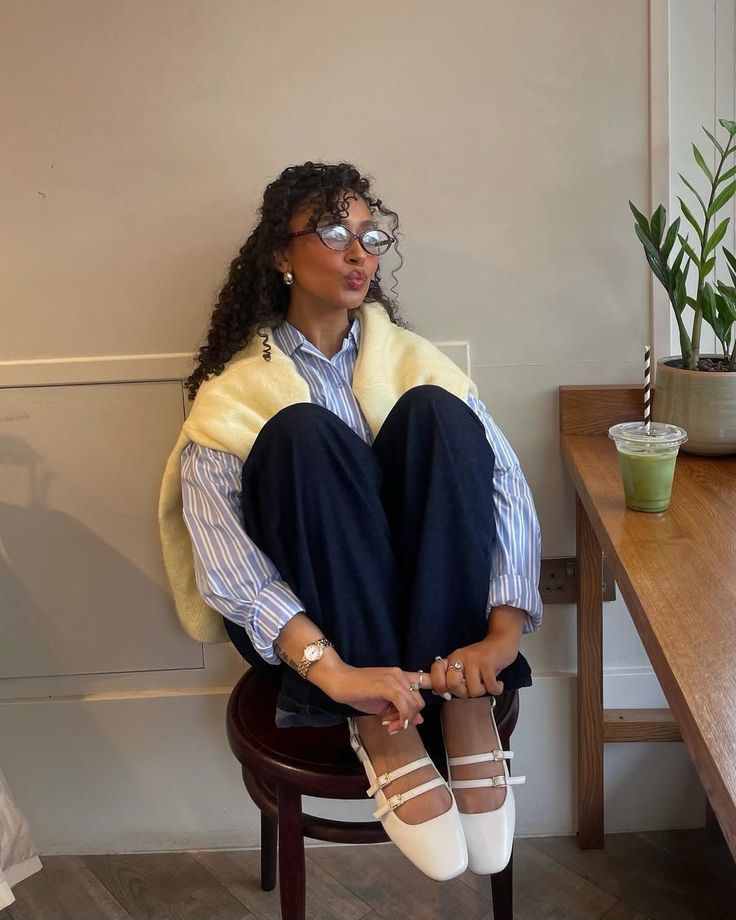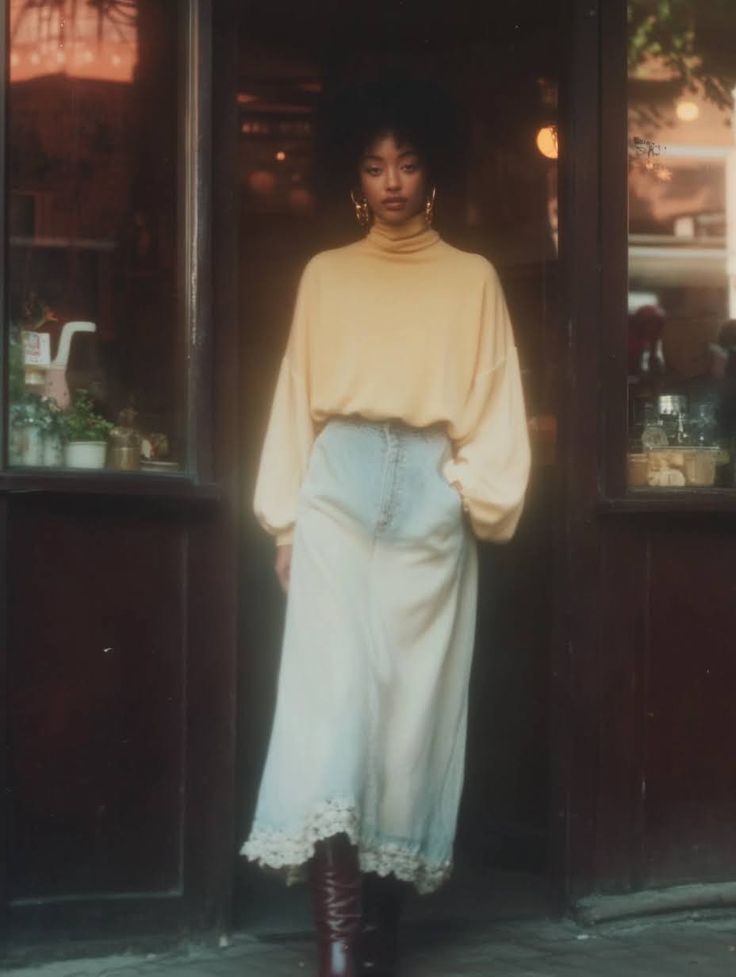
Some studies suggest we only wear 20% of our wardrobe regularly. Yet somehow, we still feel like we have “nothing to wear” and continue buying more clothes that end up joining the ranks of the unworn.
Sustainable fashion is about revolutionizing how we think about clothing, personal style, and the relationship between what we own and how we present ourselves to the world. It’s about quality over quantity, intentionality over impulse, and building a wardrobe that actually serves your life rather than cluttering it.
The Hidden Costs of Fast Fashion
The Environmental Reality
The fashion industry is the second-most polluting industry globally, responsible for 10% of global carbon emissions and 20% of global wastewater.
The Economic Trap
Fast fashion creates an illusion of affordability while actually costing more in the long run. When you buy a $15 shirt that falls apart after five washes, you end up spending more per wear than investing in a $60 shirt that lasts for years.
Understanding Your Style Identity

Before buying anything new, understanding your personal style preferences, lifestyle needs, and body confidence factors helps you make decisions that align with who you actually are rather than who you think you should be.
The Capsule Wardrobe Concept
A capsule wardrobe consists of a limited number of versatile pieces that all work together, creating maximum outfit combinations with minimum items. This isn’t about restriction—it’s about strategic curation.
Quality vs. Quantity Mindset Shift
Training yourself to think in terms of cost-per-wear rather than upfront price changes how you evaluate purchases. A $200 coat worn 100 times costs $2 per wear, while a $50 coat worn 10 times costs $5 per wear.
Style Evolution and Trends

Classic vs. Trendy Balance: Build a foundation of classic pieces and add trends through accessories or less expensive items.
Rental for Trends: Use rental services for trend pieces you want to try without long-term commitment.
Evolution Planning: Expect your style to evolve and choose pieces that can adapt or transition with you.
The goal isn’t perfection but progress toward a more thoughtful approach to personal style that prioritizes satisfaction over consumption, quality over quantity, and intention over impulse.

